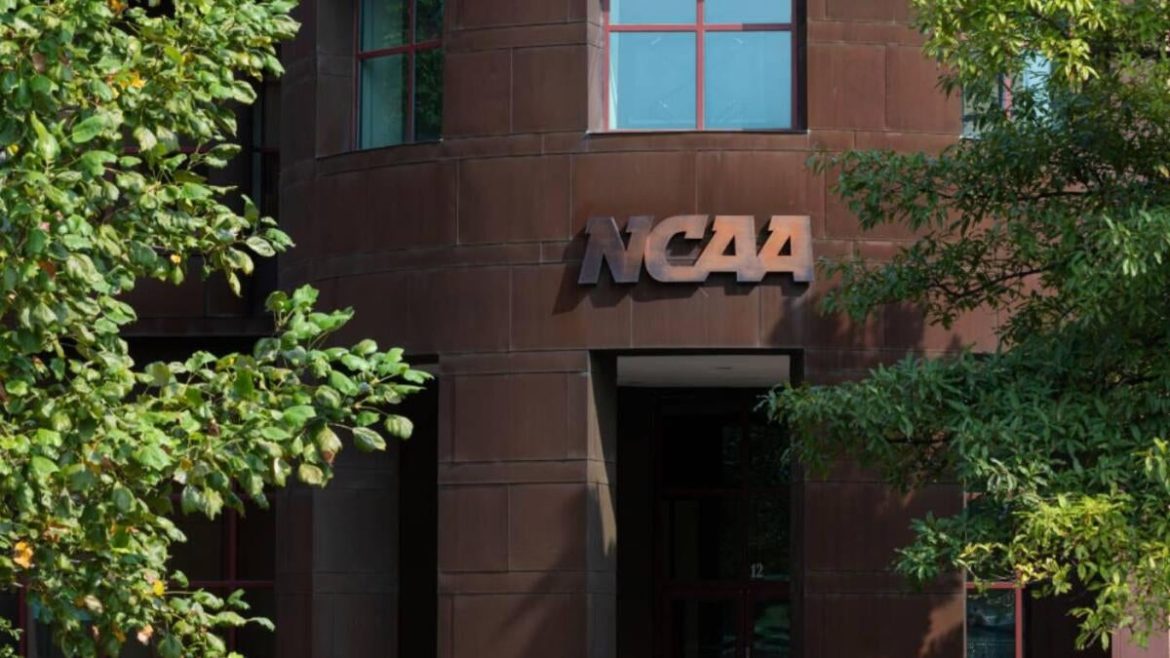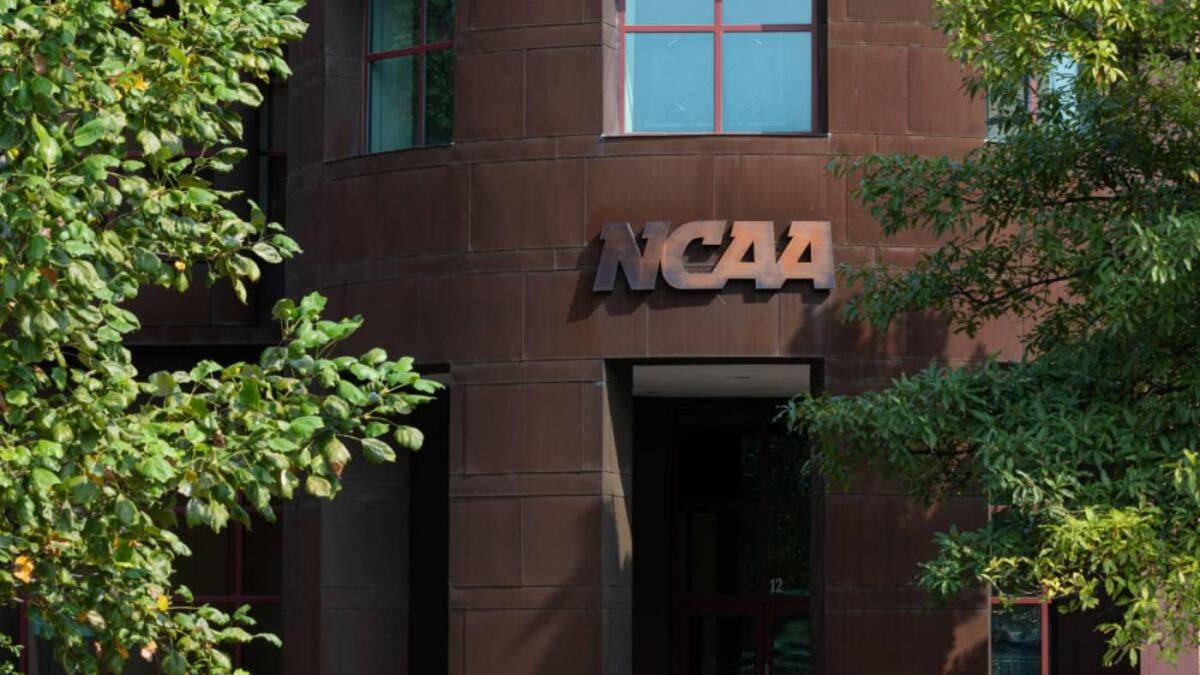The House v. NCAA Settlement: Transforming College Athletics Amid Legal and Equity Challenges
==========================================================================================
Introduction: A Watershed for College Sports Compensation
———————————————————
The recent approval of the House v. NCAA settlement marks a landmark moment in collegiate athletics. For decades, the NCAA’s strict amateurism model precluded direct pay to college athletes. This $2.6 to $2.8 billion class-action settlement, approved by U.S. District Judge Claudia Wilken, enables Division I schools to directly compensate athletes and share revenues akin to professional sports models. Yet the transformative potential of the settlement is shadowed by substantial legal disputes, especially concerning gender equity under Title IX and questions over fairness in damages allocation and roster impacts.
Unpacking the Settlement’s Core Provisions
——————————————
The settlement primarily allows schools to distribute approximately $20 million per Division I institution to current and former athletes, including back pay damages for past NCAA restrictions on athlete compensation. It also removes the NCAA’s amateurism constraints, permitting schools to pay athletes directly for the first time starting July 1. Furthermore, third-party management of Name, Image, and Likeness (NIL) rights, revenue sharing, and expanded transfer freedoms are key features intended to modernize college sports economics.
However, the settlement imposes limits on team roster sizes, a policy currently causing concern as it threatens to disproportionately disadvantage thousands of athletes in sports like track and swimming. The NCAA and counsel argue these limits are a necessary balance to manage increasing compensation costs while sustaining program viability.
Legal Challenges: Title IX and Gender Equity at the Forefront
————————————————————–
One of the most contentious aspects surrounding the approval is its alleged violation of Title IX, the federal law guarding against sex discrimination in educational programs, including sports. Critics, including a collective of female athletes and prominent Title IX legal experts, contend the settlement entrenches gender inequities rather than resolves them. Specifically:
– Disproportionate Allocation of Damages: Female athletes represent approximately 34% of the affected class but under the settlement, they would receive only about 10% of the back pay damages. This stark disparity fuels allegations that the settlement favors traditionally high-revenue male sports like football and men’s basketball, sidelining women’s sports.
– Unequal Compensation Practices: The deal does not mandate equal pay distribution between male and female athletes, raising concerns about perpetuating gender-based financial inequity, especially since compensation levels tie closely to “market value” determined by media exposure and commercial appeal, areas where men’s sports dominate.
– Roster Limit Cuts: Reductions in women’s athletic rosters potentially violate Title IX protections aimed at preserving female participation opportunities.
Numerous lawsuits and appeals challenging these Title IX violations have already been filed or are anticipated, suggesting protracted legal battles ahead. The Biden administration has publicly stated concerns that the settlement’s structure may breach gender equity laws.
Broader Legal and Operational Implications
——————————————
Beyond Title IX issues, the settlement faces scrutiny for potentially perpetuating antitrust concerns it originally intended to resolve. Some argue it replaces one form of price-fixing with another, restricting market forces and imposing roster limits that unfairly impact athlete rights and program competition. Others highlight uncertainties about the enforcement of contracts and the coordination between schools and third-party NIL agencies, which might give rise to future disputes.
Additionally, legal experts note that the settlement does not entirely close the NCAA’s era of litigation. Cases regarding women’s revenue sharing, athlete transfers, and eligibility rules remain active, keeping college sports in a state of flux. The settlement settlement may prompt new lawsuits from smaller programs and female athletes, seeking remedies for continuing inequalities.
Impact on College Sports and Athlete Experience
————————————————
The settlement undeniably redefines the collegiate athletic landscape, dismantling the traditional amateurism model that barred direct payments. For many athletes, the prospect of earning from their college careers — through revenue sharing and NIL contracts — represents a seismic shift in recognition and financial support.
However, the transition raises concerns about stability and equity:
– Financial Disparities: The uneven distribution of funds risks entrenching disparities between men’s and women’s programs, compounding longstanding challenges in women’s sports funding and visibility.
– Roster and Opportunity Reductions: Limiting roster sizes in pursuit of cost control may result in reduced scholarship opportunities and participation for many student-athletes, particularly in less-commercialized sports.
– Administrative Complexity: Universities face new administrative burdens and challenges in managing compensation, NIL enforcement, compliance with federal laws, and preserving program competitiveness.
Conclusion: A New Era Defined by Opportunity and Controversy
————————————————————–
The House v. NCAA settlement undeniably redefines the landscape of collegiate athletics, ushering in a long-awaited era where athletes can be financially compensated for their contributions. This evolution breaks from a century-old amateurism framework, promising transformative opportunities for many athletes across the country.
Yet the settlement also ignites fierce debate and legal challenges, most notably regarding gender equity under Title IX. The settlement’s approach to damages distribution, compensation disparities, and roster limitations pose acute risks of perpetuating inequities rather than remedying them. Legal objections from female athletes and advocacy groups ensure the future of college sports compensation will be contested and adjudicated in courts for years to come.
Ultimately, while the House v. NCAA settlement marks undeniable progress, it is not the final chapter. It highlights the complex balance between fairness, equity, financial realities, and legal frameworks that will continue to shape the evolution of college athletics. Stakeholders must navigate this complex terrain thoughtfully to envision a more inclusive, sustainable future for all student-athletes.





